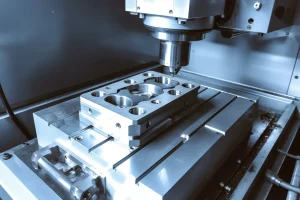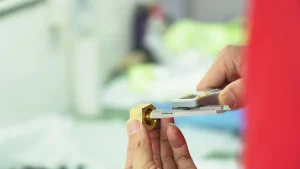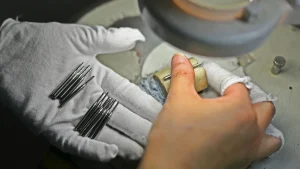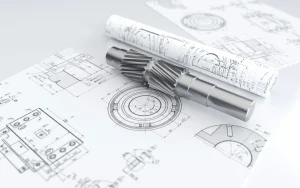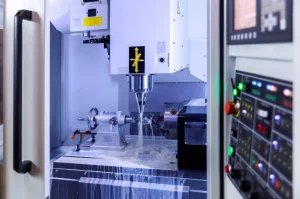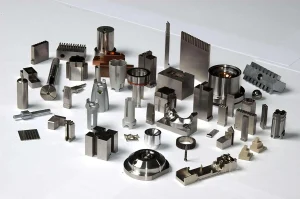When talking about CNC machining, many people think of the production and processing of precision parts. However, in the actual production process, the production cycle of CNC machining involves many links from design to finished product. Many customers face a common question when looking for CNC machining manufacturers: “How long is the production cycle of CNC machining?” This is an important issue that affects delivery time, customer satisfaction and production costs. Today, I will answer this question for you from multiple aspects to help you better understand the production cycle of CNC machining and avoid the trouble caused by insufficient information.
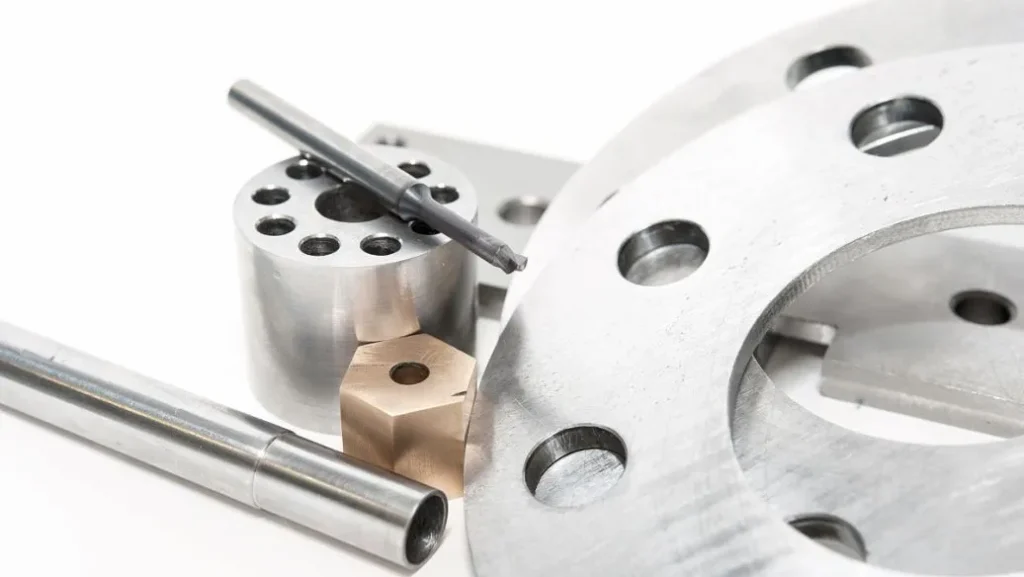
Factors affecting the production cycle of CNC machining
Before I start, I would like to give you an overall framework. The production cycle of CNC machining is not fixed, it is affected by many factors. Next, I will analyze these factors one by one from different perspectives, including design, material selection, production equipment, processing difficulty, etc.
1. Design stage: the key first step
The design stage is the most basic but also crucial step in the CNC machining production cycle. At this stage, customers need to clarify the functions, dimensions, surface treatment requirements, etc. of the parts they want. Only with clear design and accurate data can the smooth progress of subsequent production be guaranteed. Many times, the complexity of the design directly determines the subsequent production cycle. For example, if there are special requirements for the parts during the design process, such as complex geometric shapes or very fine dimensional tolerances, this will make the production time longer.
We once took over a customer’s project, and they required the processing of a very precise part with a tolerance range of several microns. Due to the complexity of the design, we need to spend more time on the design, which has lengthened the beginning of the entire production cycle.
2. Material selection: directly affects processing time
Material is a crucial part of the CNC processing process. Different materials will have different effects on processing speed and quality. For example, the processing difficulty and speed of aluminum and steel are quite different. Steel has a higher hardness, which requires more time and higher cutting force when processing, especially when performing high-precision processing. Aluminum is relatively soft and the processing process is faster.
I have encountered customers who require high-strength steel to produce a batch of parts that need to achieve a very high surface finish. In this process, although the steel is very hard, more coolant and lower cutting speed are required, which greatly increases the time of the entire processing process.
3. CNC processing equipment: the key to efficiency
Processing equipment is another factor that determines the production cycle. If the manufacturer has advanced CNC processing equipment, production efficiency and processing accuracy will be greatly improved. On the contrary, old equipment or improperly configured equipment will increase processing time and the probability of error. When choosing a CNC processing manufacturer, the modernization level and technical capabilities of the equipment are the factors we need to focus on.
For example, in one project, we chose a high-precision five-axis machining center to process complex parts. As a result, the production cycle was greatly shortened, and the precision and surface quality of the parts were improved, so the customers were more satisfied.
4. Processing technology and difficulty: the core of time
Different processing technologies will directly affect the production cycle. If the part design is complex and involves multiple processing steps, the processing cycle will be longer. Common CNC processing technologies include milling, turning, drilling, grinding, etc. The processing time of each process varies greatly, so the process selection directly determines the time consumption of the entire processing process.
For example, suppose we want to process a complex three-dimensional part, which involves multiple steps such as milling, turning, drilling, and grinding. The processing time of this part is much longer than that of parts that are simply milled or turned. Moreover, if the design is not appropriate, additional post-processing processes may be required, which will further increase the processing cycle.
5. Surface treatment and assembly: affecting delivery time
Surface treatment is usually the last step of CNC processing. Although it affects the appearance and function of the part, it is also an important factor affecting the production cycle. Common surface treatment processes include sandblasting, electroplating, anodizing, coating, etc. Different surface treatment processes require different amounts of time. Sandblasting or coating is relatively simple, while electroplating and anodizing may take several days or even longer.
In addition, the assembly of parts cannot be ignored. If the parts require complex assembly operations, such as installing precision sensors or electrical components, the time for this link will increase significantly.
6. Mass production and single-piece customization: cycle differences for different needs
The size of the production batch is also a factor that determines the production cycle. Generally, mass-produced parts can shorten the cycle by optimizing the production process and improving equipment efficiency. For single-piece customization, especially parts with a high degree of customization, the production cycle is often longer. This is because single-piece customization involves more preparation and fine-tuning, while mass production can improve production efficiency through standardized processes and multiple repetitions.
7. External factors: uncontrollable variables
Although the above factors occupy a major position in the production cycle, some external factors may also affect the production schedule. For example, supply chain problems, material shortages, equipment failures, transportation delays, etc., these factors are sometimes difficult for us to predict and control. Therefore, it is very necessary to set a flexible delivery date when communicating with CNC processing manufacturers.
From design to finished product: the typical production cycle of CNC processing
Taking all the above factors into consideration, the production cycle of CNC processing from design to finished product can be roughly divided into several stages:
Design stage: usually takes 1-3 working days, and complex designs may take longer.
Material procurement: If there is sufficient inventory, the procurement time is shorter; if it is a special material, it may take 1-2 weeks.
Processing stage: This stage is the most time-consuming, usually 2-5 working days. For complex parts, it may take longer.
Surface treatment and assembly: The surface treatment time is usually 2-5 working days, and the assembly process may require an additional 1-2 days.
Quality inspection and testing: This step is crucial and generally takes 1-2 working days to ensure that all parts meet the requirements.
Delivery and transportation: The transportation time depends on the distance, usually 3-7 working days.
In general, the overall production cycle of CNC processing is usually between 7-15 working days. For some simple parts, it may be completed within a week; for complex precision parts, it may take 2-3 weeks.
How to shorten the production cycle of CNC machining?
In order to improve production efficiency and shorten the delivery cycle, we can take some effective measures:
Optimize design: simplify the design, reduce complexity, try to avoid design changes, and avoid frequent modification of drawings.
Choose suitable materials: Rationally select materials with moderate processing difficulty to avoid extending the production cycle due to material problems.
Keep close communication with manufacturers: Keep abreast of production progress and avoid unnecessary delays.
Plan batch production in advance: For parts with long-term demand, it is recommended to make batch production plans in advance to reduce emergencies.
In short, the production cycle of CNC machining depends not only on design and process requirements, but also on many external factors. When cooperating with CNC processing manufacturers, understanding the specific time arrangements of each link and rationally planning the production cycle can effectively avoid delivery delays and ensure that the product is delivered on time. I hope that through today’s sharing, I can help everyone understand the production cycle of CNC machining more clearly and make more informed decisions.
If you have any questions or want to know more about CNC machining, please feel free to contact us. We will wholeheartedly provide you with efficient and precise processing services.

